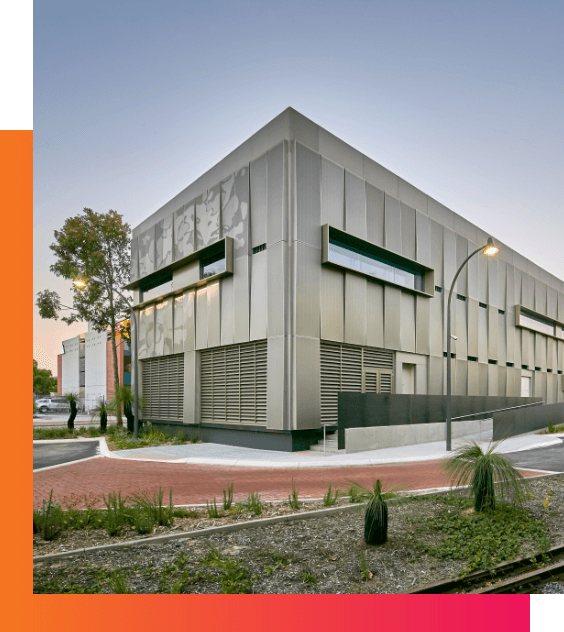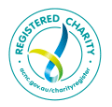
Who We Are
PlusLife is a not-for-profit charitable organisation, recognised as one of Australia’s premier musculoskeletal tissue banks.
At PlusLife, we collect, screen, store, and distribute donated human bone and tissue allografts. We pride ourselves on exclusively retrieving 100% Australian donated bone and tissue to produce the highest quality allografts in our facility located in Midland, Western Australia.
As a Therapeutic Goods Administration licenced tissue bank, we are committed to providing medical professionals with safe and effective allografts for use in surgical procedures to treat patients with conditions such as spinal deformities, arthritic joint disease, bone cancers, sports injuries; and facial and dental reconstructive surgeries.
Our Bone and Tissue Programs
You can donate bone and tissue in two ways, by living donation and deceased donation.
Living Donor Program
Living donation can occur when patients undergoing hip replacement surgery choose to donate the ball part of their hip joint (femoral head), which is removed and otherwise discarded as a routine part of the procedure. Surgeon’s rooms and hospitals aid us in the donation process and assist in completing the required documentation. The involvement of medical professionals is key to our success, we are grateful for their support..
Deceased Donor Program
Deceased donation is bone and tissue donated by those who have expressed their wishes to donate when they pass away. The next of kin is approached to give consent for deceased donation. We are deeply humbled by the generosity of our donors and donor families.
The gift of bone and tissue donation enables Pluslife to provide life enhancing allografts. One deceased donor can transform the lives of many people – up to 60 recipients could benefit from one multi-tissue donor.
What is the purpose of Bone and Tissue Donation?
There are many circumstances under which a patient may require a bone or tissue transplant (bones, tendons and ligaments) – also known as allograft. In some cases, tissue donation saves lives. More often, it’s use greatly impacts the recipient’s life by improving wellbeing and mobility.
Donated bone and tissue can be grafted to replace bone which has been lost as a result of tumours, or through other diseases or trauma. It is also used to aid fracture healing, strengthen hip and knee joint replacements, repair curvatures of the spine (scoliosis) in children and adolescents, repair facial bone deformities and rebuild the jaw line to allow dental implants to be attached. Soft tissues such as tendons can be used for sports injuries.



